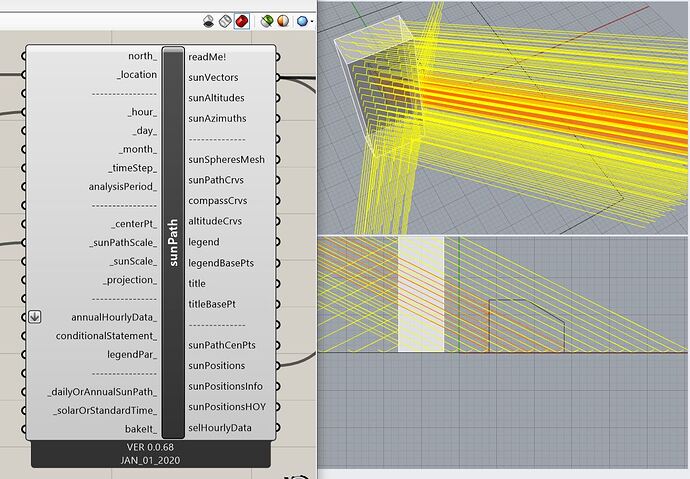Hello friends
I have a question about the basics of ray-tracing simulation. Are the extracted-beams emitted from a centralized source? Or continue in parallel to the end of the source?
And does the change in patches, presumably from Tergenza to Reinhart, change the nature of the emitted rays? In general, what is the difference between Reinhart divisions and Tergenza?
In fact, one of the reviewers of the journal asked me a question; In relation to large of patch :
** Also, since the solid angle of each patch is so large, I wonder if the RT techniques consider this when the beams are launched, not making all rays from the same patch parallel. **
Reinhart subdivisions are continous while Tregenza subdivisions are not (there are free regions within the projected sphere).
I don’t know the answer with regards to the Ladybug raytracing algorithm, however, with Radiance the sampling of the rays is stochastic and independent of the size of a particular patch.
If you are looking for a general reference about this, I would suggest looking up the papers of Christoph Reinhart on this topic from late 1990s to early 2000s. You might also find some figures that are self-explanatory.
PS: All of my comments above are related to Radiance-based raytracing, which I asssume you are using for the Reinhart/Tregenza comparison.
2 Likes

